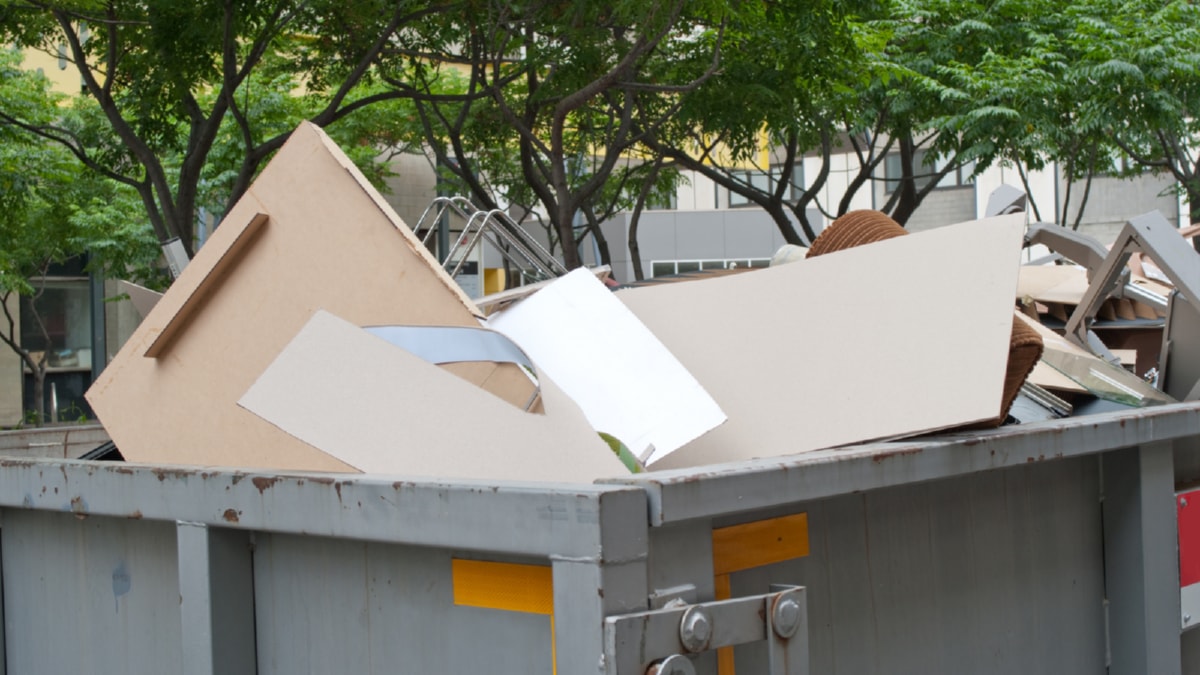Green building materials are revolutionizing the construction industry, ushering in a new era of sustainable development. These innovative materials, ranging from recycled steel to bamboo, are reshaping the way we think about construction, promoting eco-friendly practices, reducing carbon emissions, and protecting our planet’s finite resources.
One of the most noteworthy innovations in green building materials is the use of recycled steel. It’s not only more sustainable than traditional timber but also offers superior strength and durability. Recycled steel is sourced from old cars, bridges, and buildings, thus reducing the demand for new steel production, which is a significant emitter of greenhouse gases.
Another game-changing innovation is the use of bamboo as a construction material. Bamboo is a rapidly renewable resource, capable of growing up to three feet in a single day. Its natural strength and flexibility make it an ideal alternative to traditional timber, reducing deforestation and promoting biodiversity. Bamboo is also carbon-neutral, absorbing as much carbon dioxide in its growth as it releases when used as a material, thereby contributing to the reduction of greenhouse gases.
A third innovation revolutionizing the construction industry is the use of straw bales for insulation. This agricultural byproduct is widely available and offers superior insulation properties compared to traditional materials. Straw bales, when used in construction, are covered with a layer of plaster, which provides fire resistance, making this material not only eco-friendly but also safe.
Further innovation is seen in the use of recycled plastic. Construction companies are now turning to this material for a variety of applications, including insulation and roofing. By repurposing plastic waste, builders are able to reduce the amount of waste that ends up in landfills and oceans, addressing a significant global environmental issue.
The rise of green concrete, a combination of concrete and recycled materials, is another breakthrough in the construction industry. Traditional concrete production is responsible for approximately 7% of global carbon dioxide emissions. Green concrete, on the other hand, utilizes industrial waste byproducts such as fly ash and slag cement, considerably reducing its carbon footprint. Moreover, green concrete offers enhanced durability and longevity compared to traditional concrete, leading to reduced maintenance and repair costs.
Lastly, the use of cool roofs is a relatively simple yet highly effective innovation in green construction. Cool roofs are designed to reflect more sunlight and absorb less heat than a standard roof, resulting in a cooler building that requires less energy for air conditioning.
In conclusion, the construction industry is undergoing a paradigm shift, driven by the advent of innovative green building materials. These materials not only offer environmental benefits but also economic advantages, such as reduced energy costs and increased asset value. As we continue to explore and develop these groundbreaking materials, the future of construction appears brighter and greener than ever before.
For more details, check best masonry services or visit their business listing here.



